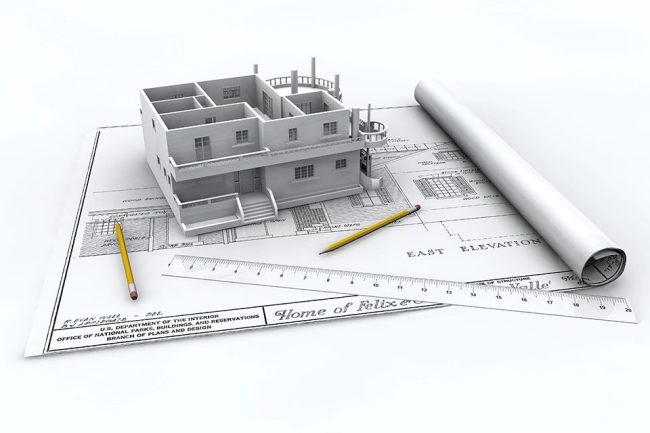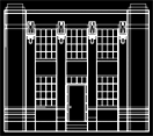How to: Spot Strong Architectural Design
At Wharry Engineering, we strive to provide the best architectural design services on the market. To us, architectural design isn’t just a job; it’s a passion. There’s a subtle art to architectural design that almost always goes unnoticed even by those who visit the same well-designed building every day.
We at Wharry Engineering feel this is a shame.
As architects, we feel those in our field should take on the objective of spreading an appreciation for strong architectural design to as many people as possible. We believe that doing so will give you the tools necessary to maximize returns on any structural design services you contract while spreading our passion for architecture to our community.
Good Design is Technically Flawless
Truly splendid architectural design is both blend and balance of two values: the technical and the creative. To truly understand the nuances of the creative, one needs to first look through the lens of the technical.
Technical Design: Maximizing Resources and Location
Strong technical design always maximizes the value of the resources available for the project. This not only means using the fewest resources while providing protection from the elements and a functional building, it also means using materials that are safe for the environment the building exists in.
Technical Design: Use of Space
Proper usage of space may be the quickest way of determining the level of technical design a building has. In particular, movement through space in a building is critical to effective and satisfying design. Next time you enter walk into a new building, ask yourself: where do I feel I want to go? What makes me feel this way? Do I feel cramped? Comfortable? Directionless?
By answering these questions, you can get a strong understanding of whether the building utilizes effective technical design.
Good Design is Creatively Inspired
Now that we have some of the technical aspects of architectural design down, we can start looking for creative influences.
Creative Design: Architectural Styles
There are so many architectural styles that we won’t even try to get into all of them in this post. That being said, you should know that we live in an unprecedented time of architectural blending in our world. Unlike previous centuries, there is no single dominant style of architecture. Throughout your day, you’ll likely come across structures with stylistic influences spanning thousands of years. If you were to stop by the Navarro Courthouse to pay a speeding ticket, you’d be walking into a building built in the style of Greek architecture. If you later went to mail a check at the US Postal Service, though, you’d be walking into a building in the Modernist style. For reference, these two styles were developed around 400 BCE and 1900 CE—that’s a gap of 2,300 years.
Creative Design: Personal Styles
Once you have a general idea of the styles you’ll encounter, investigate how a structure uses its style to make you feel a certain way. While most structural engineers worth their salt are familiar with classic Greek architecture, for instance, how they use the style to make you feel a certain way while inside the building indicates the skill of the architect.
In summary, be mindful of the ways that buildings make you feel when you walk inside of them. Most of the time, architectural design goes unnoticed—and that’s usually on purpose. Generally, the skilled architect wants to make you feel a certain way, not just be intellectually stimulated. So take account of your feelings the next time you walk into a building; you may be surprised at what you find.
If you’re looking for a balance of technical design and creativity in your project, contact us at Wharry Engineering today. Architecture and design is our passion; together, we can bring that passion to your home or business.



